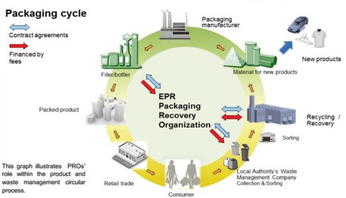Design, Fabrication, and Integration of Thin-Films for Sensing, Shielding and Power Storage
Presented by Kent Coulter and James Arps, Southwest Research Institute
Advanced solid state materials that exhibit magnetostrictive (Fe/FeTb), frequency selective (FeNi/Al2O3), and high power density (LiCO3, Li2VxOy) based on precisely engineered compositional, structural, and interfacial elements are widely reported in the scientific literature but are in the early stages of practical implementation due to the complexities associated with fabrication and integration as thin films. Large batch processing of materials using vacuum coating and related surface modification processes involving energetic ions and plasmas allow for practical quantities of materials to be manipulated and treated quickly and easily. A central objective has been demonstrating the viability and cost effectiveness of novel physical vapor deposition (PVD) methods for a variety of ‘state of the art’ applications. Of the thin film deposition techniques, PVD methods can provide the greatest level of control of material properties through variation of compositional and incident atom/ion energetics. This is the kind of control that can not only enhance device performance, but “bridge” the lab-scale level of
development into a reproducible manufacturing process. An equally important challenge is selection and optimization of vacuum deposition methods that will reproducibly produce precise nanometer scale thin films in multi-layer structures over sufficiently large areas. Sputter deposition methods are particularly
well-suited for this effort with one of the key advantages including the ability to deposit alloy films of over large areas by simply constructing a target of the appropriate size and composition. Because of the energetics of the technique, thin layers can be formed at low temperatures and reasonably high deposition rates (several nm/sec). In addition, Ion beam assisted deposition (IBAD) techniques are
unique in that a specific ratio of coating atoms to bombarding ions can be delivered to a substrate surface with a high degree of kinematic control. Metal and ceramic films have been successfully deposited by IBAD up to 15 microns in thickness. The specific advantages of IBAD are the ability to generate higher
deposition rates (more than 10 nm/sec) and more precisely control film stress, density, and microstructure. By utilizing commercial scale vacuum deposition processes, prototype devices for crack sensors, signal interference shielding and batteries have been developed that incorporate the unique material attributes in applications that require the films to be flexible, environmentally stable, and
physically robust.
This post is for paying members only
SubscribeAlready have an account? Log in

